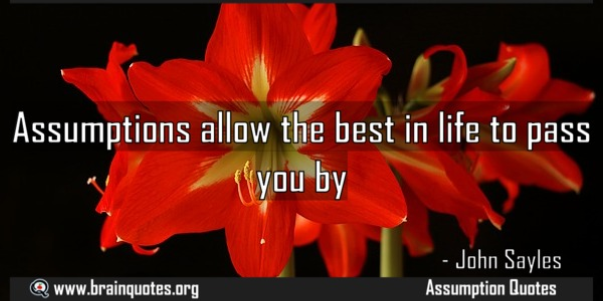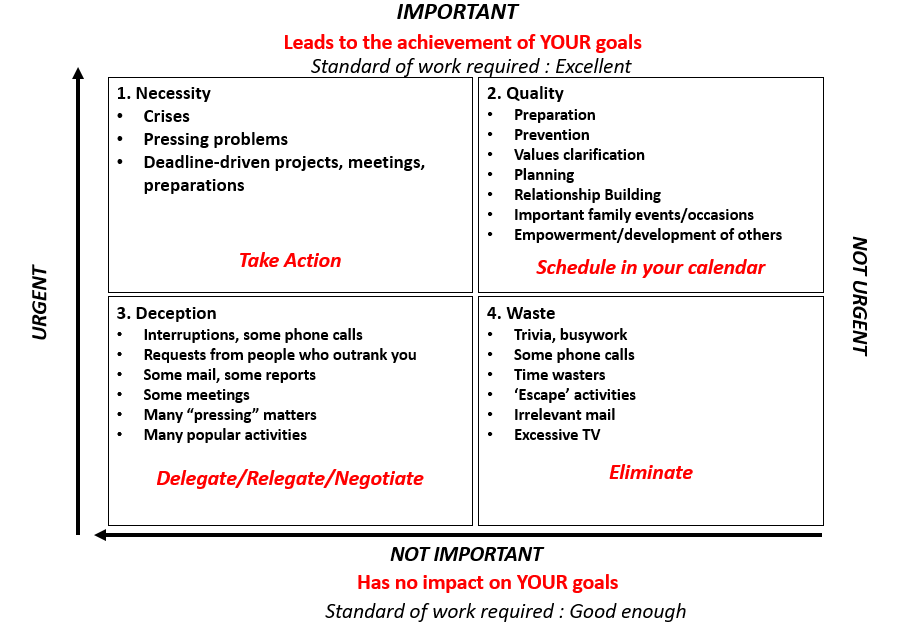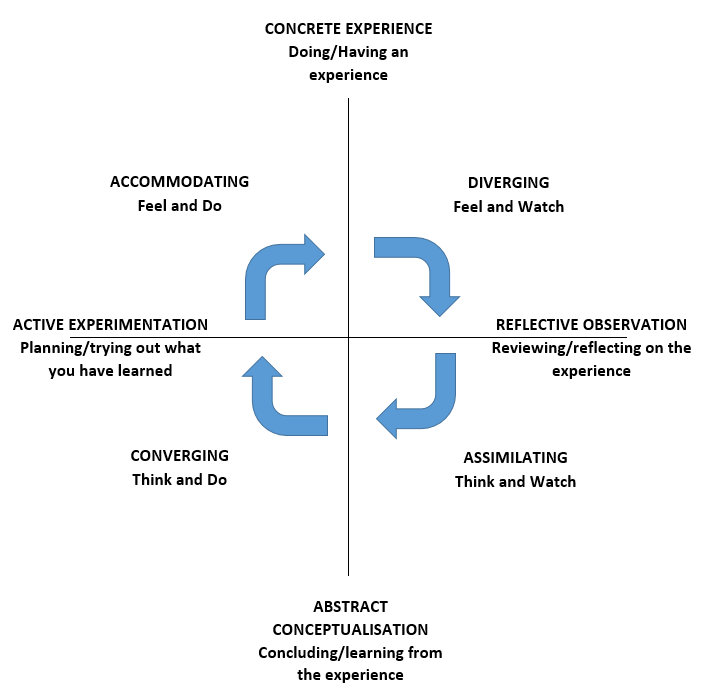
So too does a team have vital signs. These are indicators that the team is doing what it should be doing in order to ensure that it delivers the results by which its performance is measured. The principle is as follows:
If the team does enough of the right things at the right time and in the right way, then it will achieve the results it seeks.
In the book “Great by Choice” (Jim Collins and Morten T. Hansen) – which I highly recommend – the authors talk about the 20 Mile March. We live in an economic environment that is Volatile, Uncertain, Complex and Ambiguous (VUCA), and one of the 3 habits that sets the outstanding performers apart from the businesses who fail or only just survive is that of “Obsessive Discipline”. This means that there is absolute clarity on what must be done in good times and in bad times. Achieving the daily 20 Mile March requires “hitting specific performance markers with great consistency over a long period of time.” These performance markers drive the results that the team is looking for.
Let me give you a really simple example from the world of truck sales to illustrate the point:
You have to see enough customers every day, in order to write enough quotations
every week, in order to sign up enough offers to purchase every month, in order to
deliver enough vehicles in order to achieve your monthly target.
So the vital signs in truck sales are:
- Customer contacts
- Quotations
- Offers to Purchase
- Deliveries
This means that on at least a weekly basis, a Sales Manager needs to actively monitor what is happening with each Sales Executive in order to know where and how to support them. If your Sales Executives are reaching or exceeding their targets, then they will need little from their Manager other than being available on request and checking in with them in a periodic one-on-one. However, if a Sales Executive is struggling, then looking at their vital signs will give you an indication of what support they need:
- Are they seeing enough prospects? If not, what will assist them to see more prospective buyers?
- Are they seeing enough prospects but not writing enough quotations? If so, how are they conducting their contact conversations and what can they do differently to increase the number of quotations they are asked for?
- Are they seeing enough prospects and submitting enough quotations, but still not getting enough signed Offers to Purchase? In which case, how can they improve their closing skills?
- And finally, are they getting enough signed Offers to Purchase, but still losing some of these sales? What might be happening that is getting in the way of Offers to Purchase resulting in Deliveries?
Tracking these vital signs closely and often with Sales Executives who are not achieving their targets puts their Sales Manager in a position to do some remedial coaching early on, resulting in greater success – which ultimately impacts on the overall success of the team.
I’ve used a commercial vehicle sales example because it provides really tangible drivers of performance – anyone can identify with these even if they are not in the same field.
So think about your own area of the business:
- What are the KPIs in your part of the business? These are the Output Goals.
- For each KPI, identify the behaviours, actions or targets that comprise the Input Goals – that is, the achievement of the Input Goals is what will deliver the Output goals.
- How can you track and monitor the Input Goals? Come up with some tentative ideas for a dashboard that focuses on the Input Goals.
- For each of the Input Goals, identify what could be going wrong in the event that those goals are not tracking.














 RSS Feed
RSS Feed


